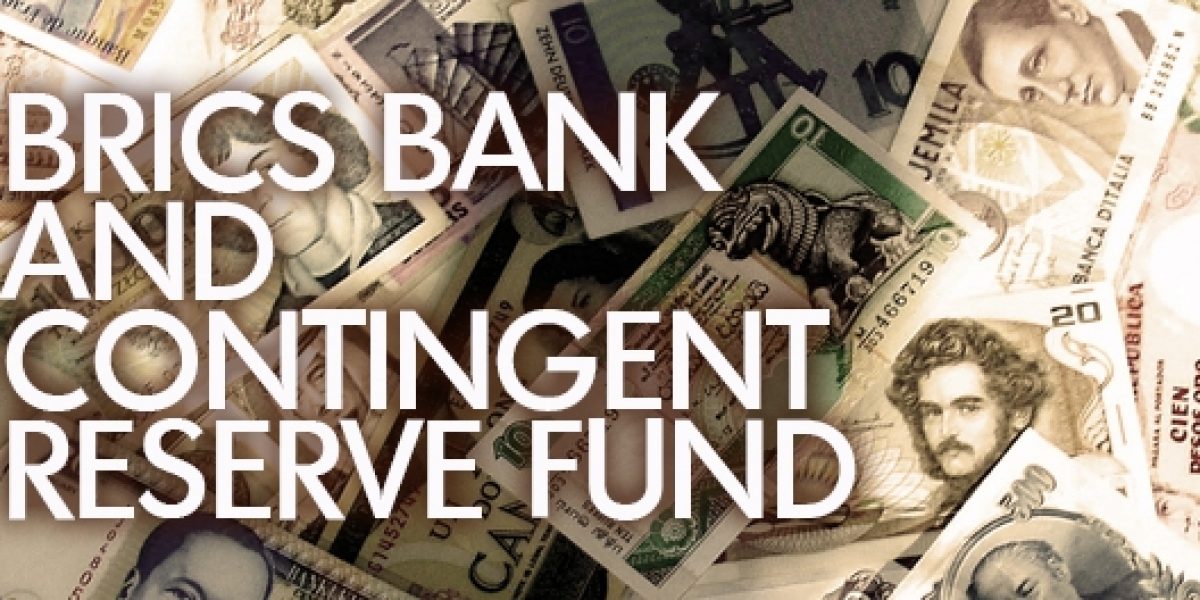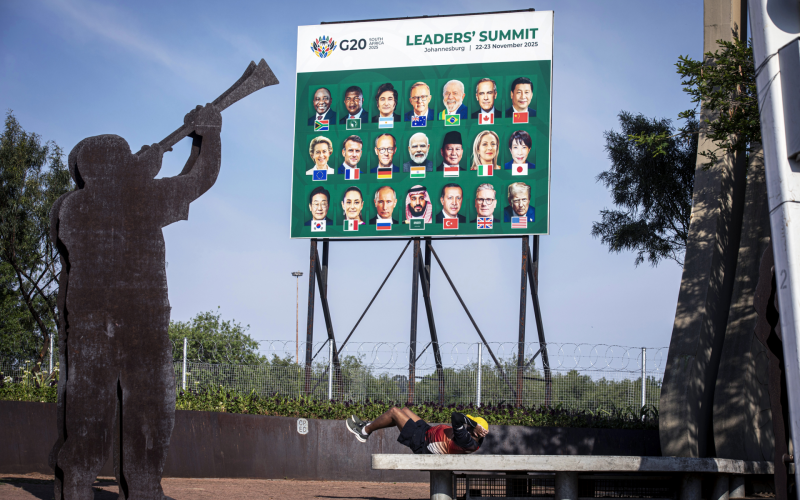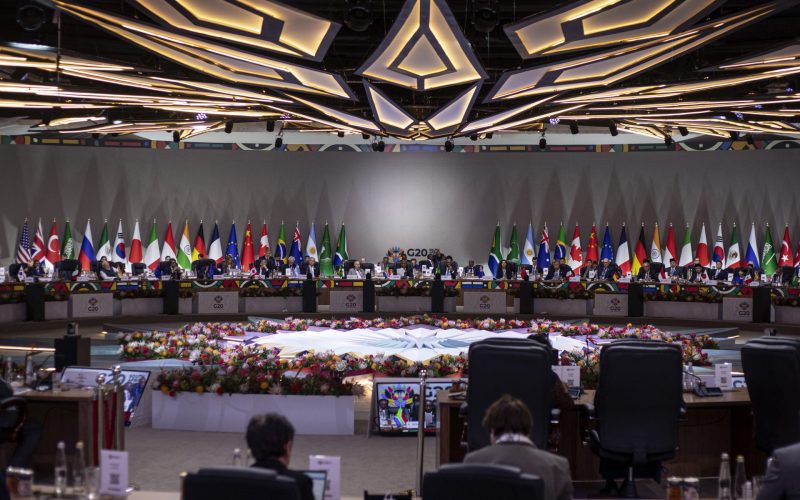This is a challenge for five extremely diverse countries, but the soon-to-be-launched contingent reserve arrangement (CRA), built on shared complaints and challenges, offers a good model for future co-operation among the five countries.
The CRA, along with the New Development Bank (previously called the BRICS Development Bank), is set to headline the BRICS summit in Fortaleza, Brazil, this week. At its core, the CRA is a pledge to help one another in times of financial crisis.
Each country will achieve this by together pledging a total of US$100bn to a common pool — with China contributing the most (US$41bn), Brazil, Russia and India contributing $18bn each, and South Africa the least (US$5bn). These pledges will not be physically put aside, but will be made available in times of crisis.
If any of the five BRICS nations find themselves chronically short of dollars, they would be able to swap their local currency for the dollars pledged to the CRA.
The US$100bn could be drawn on in two scenarios. The first would be a balance of payments crisis, in which a shock causes the value of the currency to fall rapidly. In order to prop up the currency, governments might attempt to buy their local currency with dollars, and the CRA would provide additional foreign exchange to do so.
The second would be a short-term liquidity crisis, in which a government is short of the currency needed to meet obligations to foreign counterparties.
The CRA is driven by both an economic rational, safeguarding financial stability, and a political one, which is challenging the International Monetary Fund (IMF). The CRA is an easy win for a group that is increasingly accused of being a talk show. It provides a concrete course of action that the group can take without much difficulty.
The CRA is an easy institution to create, requiring little more than the signing of an agreement and the execution of basic monitoring activities. No money has to be physically set aside, nor does hard infrastructure need to be created. The agreement makes for an attractive announcement at little cost to any of the five participating countries.
But there is a more potent message underlying the arrangement. The CRA acts as a counterpoint to the prevailing international institution responsible for ensuring global financial stability — the International Monetary Fund (IMF).
The IMF has been roundly criticised by all BRICS members on a number of issues, including its undemocratic internal structure, its conservative approach to economics and the harsh conditions it attaches to loans. Regardless of the merits of these arguments, criticism of the IMF and other western-dominated global organisations is a clear unifying thread among the five countries. All five have worked to reform these structures, but have had little success.
The most recent efforts to reform the IMF have been agreed upon by the overwhelming majority of the fund’s membership, but have been stuck for five years before the US Congress, which has a casting vote on any reforms. Unhappy with the IMF and unable to achieve reforms, the BRICS countries see the CRA as part an alternative international economic architecture.
Nevertheless, the CRA is not meant to replace the IMF, and simply would not be able to do so. The IMF remains about 8.5 times larger than the CRA, with resources totalling $850bn. But the CRA does send a message that emerging countries have options.
The prevailing international financial infrastructure remained essential in a 1900s world in which it was anchored by the resources of developed economies, but these days developing countries have the ability to do things for themselves, and on an impressive scale. Weighted for the size of their member economies, the BRICS CRA would be about 1.8 times larger than the IMF.
Despite this, the IMF must remain the first-choice institution for financial stability.
Having the support of the global community remains the most reliable way to safeguard domestic stability, particularly for very large countries such as China and India, which would need enormous resources if they ever hit a crisis.
But as long as the IMF and the broader multilateral system remain unreformed and undemocratic, there will be strong incentives for the BRICS countries to do things on their own. Political considerations for the CRA get the majority of the attention, and do seem to be the prime motivator for the arrangement’s creation. As an economic instrument, the CRA is treated more sceptically.
Critics argue that it could be more damaging to draw on the CRA than to face a crisis. Doing so would send a signal to the global financial markets that your country is in crisis. Just as an individual declaring bankruptcy would struggle to find debt, a country that asks for assistance from a CRA could find itself cut off from global financial markets. Questions also remain on whether the CRA is really necessary, given the substantial foreign exchange reserves held by most of the BRICS countries. China has the largest reserves in the world, dwarfing the CRA at US$3.7-trillion, and will clearly have very little direct economic benefit from the CRA.
But recent history tells us the CRA has a real and important role to play. For all their strong economic fundamentals, many of the BRICS countries were hit by a wave of instability following the US Federal Reserve’s announcement of tapering of monetary stimulus. Tapering threatens to slow the flow of cheap finance to emerging countries, but it has been happening slowly and other sources of finance can fill the gap.
But markets are sensitive, and the threat of tapering reduced the rand to the worst-performing major currency last year, and prompted the IMF to call on India to put in place emergency plans to guard against further volatility in the rupee.
The CRA would probably not have been drawn on in a situation like tapering, as the swings were not quite dramatic enough and the countries affected had adequate currency reserves. But it does place what could be dubbed an “Argentinian floor” on potential currency crises in the BRICS.
Argentina’s experience of the taper (accompanied by serious domestic economic problems) has seen the peso lose 35% of its value against the dollar in a single year, and the Reserve Bank shed dollar reserves at a rate of more than US$1bn a month.
For all the BRICS countries’ understandable frustration at the failure of reform in the IMF, the true value of the CRA is in this Argentinian floor. At very little cost, the CRA can assure jittery investors that shocks will not pitch the BRICS into all-out crisis. This message of this protective barrier must not be lost in the scramble to compete with the IMF.








